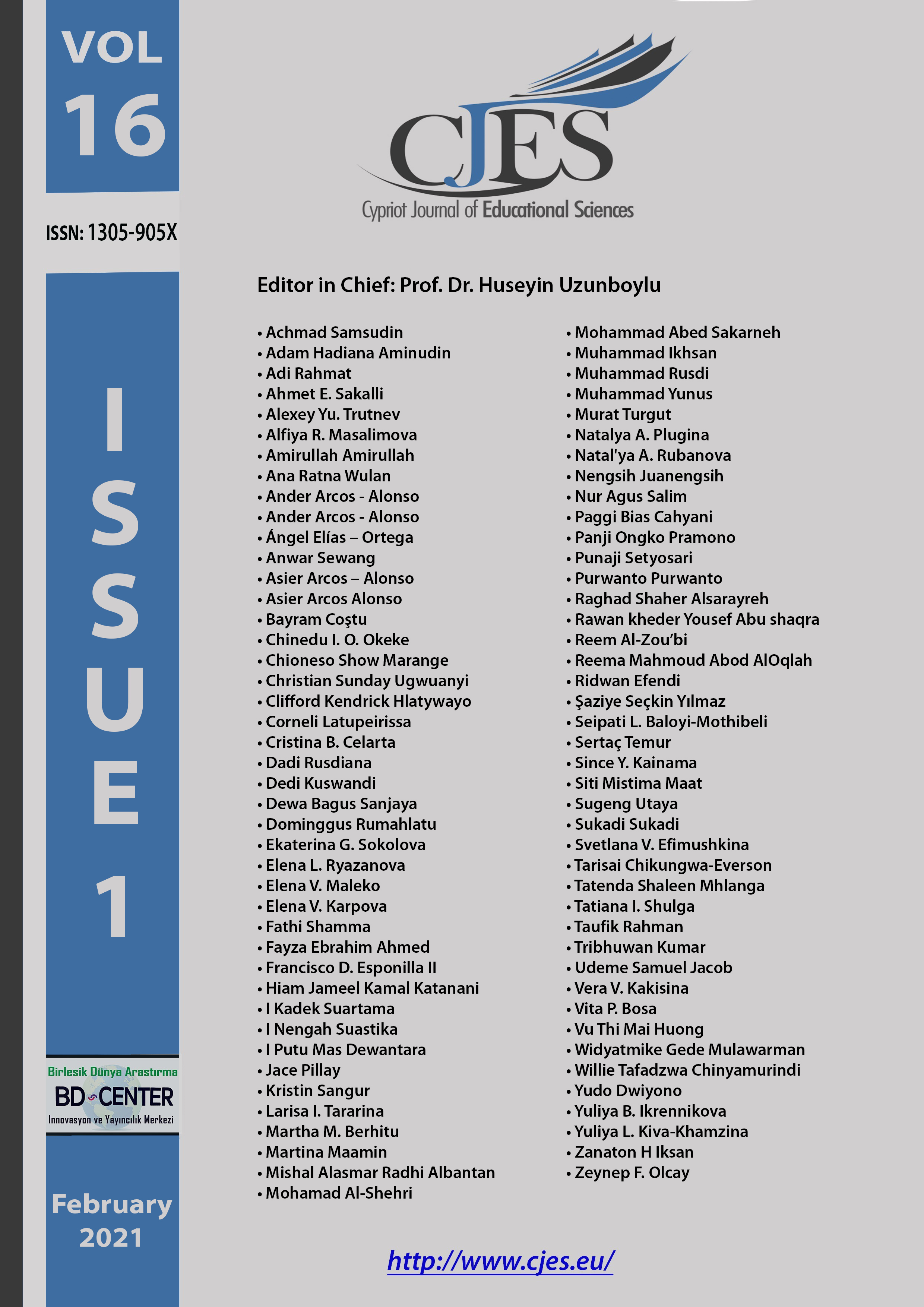Understanding learning outcomes: Comparing the effect of spacing instruction versus massed instruction
Main Article Content
Abstract
This study is comparing the effects of spacing instruction and massed instruction on Indonesian education students. To fulfill this objective, two intact classes were selected; one as a spacing group and another one as a massed group. Afterward, researcher administering a pre-test measured the skills of participants Islamic education. After that, only then did they receive treatment. In mass classes, the material is taught in an intensive 90-minute session, while the material is taught to space groups in three short sessions (each 30-minute session). After the instructions were carried out, a post-test was carried out in both groups, both mass classes and space groups. Then the post-test result data were analyzed using paired and independent sample t-test. The results showed that there was a significant difference between the post-test spacing group and the mass group. The results of this study indicated that the spacing group significantly outperformed the mass group at the final test. Finally, the implications of the study are discussed.
Keywords: Learning Outcomes, Massed instruction, Spacing instruction, education skills;
Downloads
Article Details

This work is licensed under a Creative Commons Attribution 4.0 International License.
Cypriot Journal of Educational Sciences is an Open Access Journal. The copyright holder is the author/s. Licensee Birlesik Dunya Yenilik Arastirma ve Yayincilik Merkezi, North Nicosia, Cyprus. All articles can be downloaded free of charge. Articles published in the Journal are Open-Access articles distributed under a CC-BY license [Attribution 4.0 International (CC BY 4.0)].
Birlesik Dunya Yenilik Arastirma ve Yayincilik Merkezi (BD-Center)is a gold open-access publisher. At the point of publication, all articles from our portfolio of journals are immediately and permanently accessible online free of charge. BD-Center articles are published under the CC-BY license [Attribution 4.0 International (CC BY 4.0)], which permits unrestricted use, distribution, and reproduction in any medium, provided the original authors and the source are credited.

